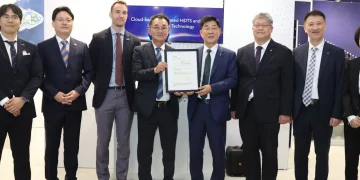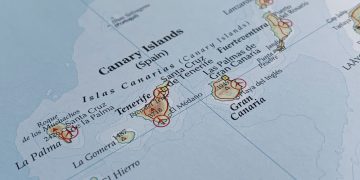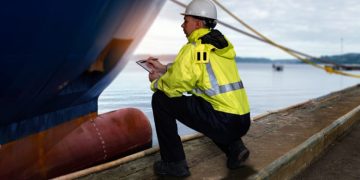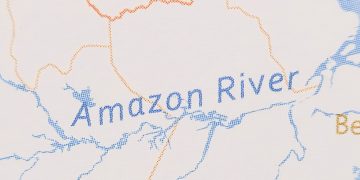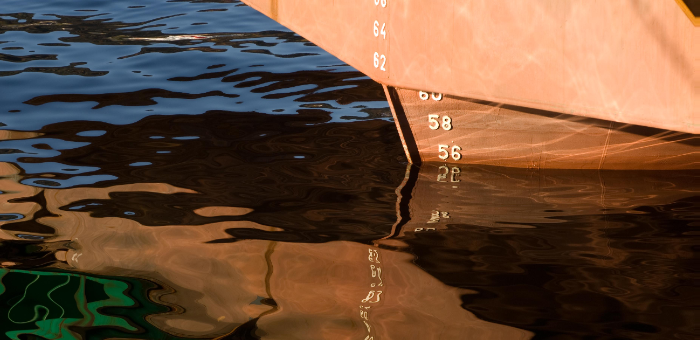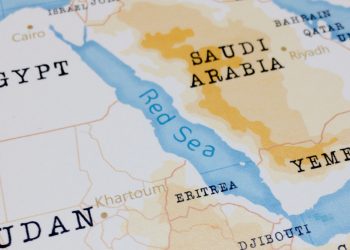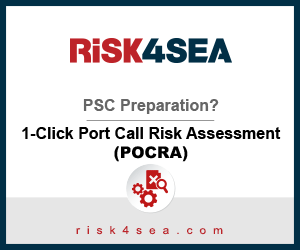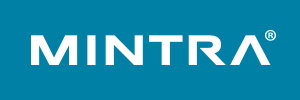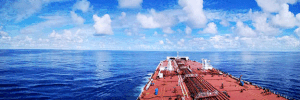On December 4, 2018, US President Trump signed the USCG Authorization Act, S. 140, a new bill which includes measures for USCG operations while incorporates the Vessel Incidental Discharge Act (VIDA). Namely, with this act, USCG is required to draft a policy letter for testing BWMS within 180 days, followed by a 90 day comment period. Totally, the USCG has 360 days after the date of enactment of the Act to come up with a final policy. What is more, this bill has wide implications on US EPA VGP, due in March 2019.
Ballast Water Regulations
Until now, two US federal agencies, the US Coast Guard and the Environmental Protection Agency (EPA), have been regulating ballast water and other vessel discharges under differing statutory authorities.
VIDA now delegates the lead role in establishing standards for US ballast water regulations to the EPA and assigns to the US Coast Guard the lead role in monitoring and enforcing those standards. Now, the EPA and the USCG will cooperate under the Clean Water Act to jointly set and implement standards for ballast water and incidental discharges.
[smlsubform prepend=”GET THE SAFETY4SEA IN YOUR INBOX!” showname=false emailtxt=”” emailholder=”Enter your email address” showsubmit=true submittxt=”Submit” jsthanks=false thankyou=”Thank you for subscribing to our mailing list”]
Additionally, the VIDA Bill includes legislative language that amends the USCG regulations. Specifically, it will allow the use of reproductive methods by explicitly expanding the definition of ‘living’ to ensure that organisms that cannot reproduce (non-viable) are not considered to be living. This means that organisms which cannot reproduce are as good as dead for the purposes of the regulation.
In this matter, the Act requires the USCG to create a draft policy letter for testing BWMS within 180 days, which will be followed by a 90 day comment period. When the bill will become a law, the USCG has 360 days to come up with a final policy. The policy will be detailing reproductive methods based on best available science. Moreover, the USCG must consider Type Approval testing methodologies that utilize organism grow-out and Most Probable Number (MPN) analysis to determine the number of viable organisms in ballast water that can reproduce.
This is considered as good news for UV-based BWMS, as in the past, they had to increase dose delivered to organisms to meet the USCG Ballast Water Discharge Standard. The Act is also expected to harmonize the USCG’s policy approach on reproductive methods in determining BWT system efficacy with that of the IMO. In 2017, the IMO officially approved the MPN method to determine viability/reproductive capability (IMO Document BWM.2-Circ.61).
Furthermore, VIDA addresses unique regional situations. Namely, Pacific Coast ballast water exchanges will continue, while the Great Lakes may set their own basin-wide standards. Additionally, States will be allowed to establish no-discharge zones for areas that require additional protection.
VIDA implications on US EPA VGP
Beyond BWM, the new Act also affects the Vessel General Permit (VGP), which is expected to disappear in 4 years. The bill eliminates the Small Vessel General Permit program for all vessels below 79 feet. In addition, it permanently exempts all fishing vessels from the EPA discharge requirements. Small vessels had a temporary VGP exemption, which ended this year. As a result, vessel owners were worried because without a solution, activities such as washing a deck after gutting fish could lead to fines.
In early 2018, the Lake Carriers’ Association had emphasized on the importance of VIDA for the Great Lakes noting that ‘’ VIDA will align operations now regulated inconsistently by seven of the eight Great Lakes states and the U.S. EPA under the banner of the USCG and engage U.S. EPA and the states to drive the science and implementation that protect our waters.’’As explained, VIDA is inclusive of all regulatory parties, assisting in multi-jurisdictional issues.
In other words, with the enactment of VIDA, a discharge of ballast water into navigable waters of the United States is no longer subject to the Clean Water Act and the EPA general permit.
Black Rome had explained that VIDA attempts to establish a single national best management practice for ballast water discharges, while allowing states to petition the secretary of homeland security home of the Coast Guard to establish stricter standards if the state can establish that 1. the revised best management practice would reduce adverse effects of discharges, and 2. the revised practice would be economically achievable and operationally practicable.
Other provisions
The bill includes several other reforms, some of which are highlighted below:
– Maritime drug and border enforcement
The bill provides for new authorities to tackle illicit trafficking and smuggling, as well as transnational criminal organizations. This will be achieved by broadening interagency cooperation, combating concealment of bulk cash, and increasing the budget for investigations and ability to use informants.
– Multiyear contracting
The bill allows the US Coast Guard Commandant to use a number of new acquisition tools, such as multiyear funding for providing future National Security Cutters. These changes will enable USCG to limit the price of follow-on vessels and give shipyards greater predictability.
– Arctic operations
The bill directs the US Coast Guard to carry out a review of assets and personnel needed to protect the safety and security of the Arctic.
– Recreational boating
The bill enhances safety and clarifies requirements for recreational boating safety. Specifically, it implements the installation of engine cut-off switches and alternate signaling devices.
The changes that this law will bring will be developed in phases over 2 years. During this period, the current EPA (VGP) requirements will still be in effect until new regulations are established.



















